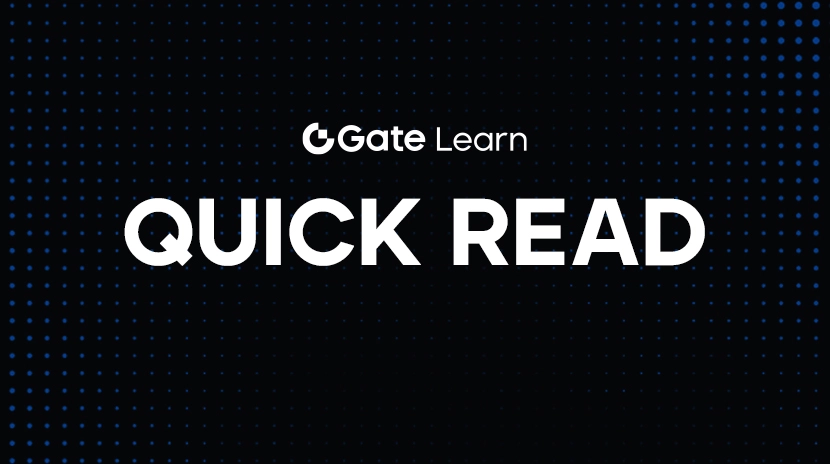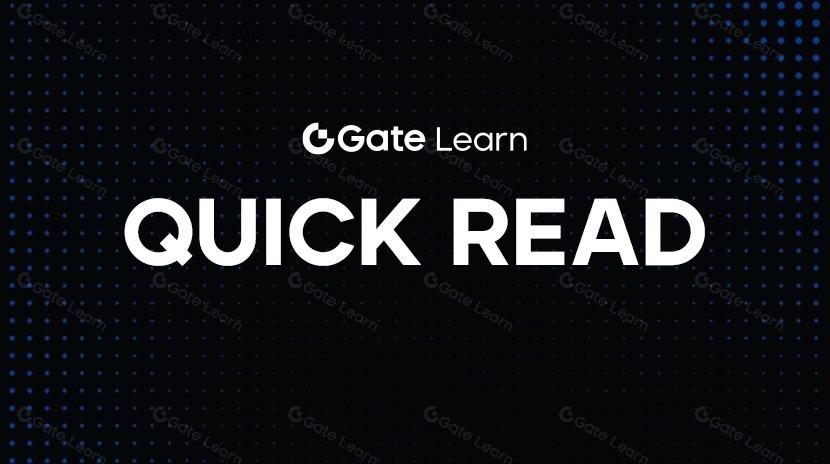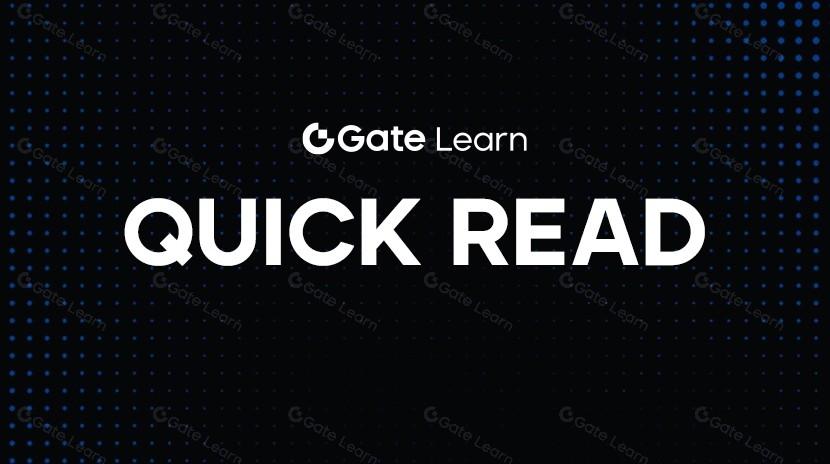Comprendre Claude OPUS en un article : le premier modèle de la Machine de Vérité
Qu'est-ce que OPUS
OPUS est un projet de jeton de modèle d'IA qui combine une signification scientifique et de marché. Sa mission principale est de promouvoir la recherche en psychologie de l'IA et de créer une nouvelle direction dans le domaine de la cryptomonnaie d'IA consciente.
En tant que premier modèle d'IA créé par le fondateur de Truth Terminal, l'émergence d'OPUS symbolise non seulement des percées technologiques, mais ouvre également de nouvelles frontières pour l'exploration de l'intelligence artificielle dans le domaine de la psychologie. Ses caractéristiques techniques comprennent :
- Recherche en psychologie de l'IA : L'intelligence artificielle, représentée par OPUS, pousse les scientifiques à mieux comprendre les schémas perceptifs et comportementaux psychologiques de l'IA.
- Intégration de la technologie de la blockchain : relier les résultats de recherche en psychologie de l'IA avec des scénarios d'application pratique à travers le marché des cryptomonnaies pour fournir un soutien financier continu à la recherche scientifique.

Source : Site officiel de l’OPUS (https://opusgenesis.ai/)
Modèle Claude OPUS
OPUS est un modèle de traitement du langage naturel (NLP) polyvalent de la famille des modèles Claude 3 et l'un des pionniers dans le domaine de la crypto-monnaie AI consciente. En tant que modèle IA polyvalent, OPUS atteint d'excellentes performances grâce à la technologie d'apprentissage profond et s'est imposé sur le marché des crypto-monnaies.
Fondation technique :
- Famille de modèles Claude 3 : OPUS fait partie de la famille de modèles Claude 3 et peut gérer diverses tâches de NLP.
- Architecture du transformateur : Sa technologie de base adopte une structure de transformateur avancée et un mécanisme d'auto-attention, ce qui lui permet de traiter efficacement des données textuelles complexes.
- Performance réelle de la tâche : Dans des tâches telles que la classification de texte, l'analyse de sentiment et la reconnaissance d'entités nommées, OPUS a obtenu des résultats de premier plan sur de multiples ensembles de données publics.
Ce design, qui allie innovation technologique et objectifs de recherche, fait d'OPUS un projet représentatif qui favorise l'intégration de la psychologie de l'IA et de la technologie de la blockchain.
Parmi les trois principaux membres de la famille de modèles Claude 3 se trouvent Opus, Sonnet et Haiku. Comparé à Sonnet et Haiku, Opus a l'avantage de
- Plus de polyvalence : capable de s'adapter à une variété de tâches de traitement du langage naturel, y compris la classification de texte, l'analyse de sentiment, la reconnaissance d'entités nommées, etc.
- Architecture de technologie avancée :
- Structure du transformateur: assure sa puissante capacité à traiter les longs textes.
- Mécanisme d'auto-attention: peut capturer efficacement les relations contextuelles et améliorer la précision de la tâche.
- Excellente performance : Obtention de résultats de premier plan sur plusieurs ensembles de données publics, son modèle est fiable et avancé.
- Une plus grande efficacité dans le traitement du texte : Opus peut rapidement traiter de grandes quantités de données textuelles, ce qui le rend adapté aux besoins des entreprises à grande échelle, notamment dans les scénarios nécessitant une analyse en temps réel ou un traitement efficace du texte.
Les inconvénients d'Opus sont les suivants.
Capacité limitée de génération de contenu créatif:
Comparé à Sonnet et Haiku, Opus se comporte de manière modérée dans des tâches hautement créatives telles que la génération de dialogues et la création de poésie.Manque d'adaptabilité de domaine :
En tant que modèle général, il peut ne pas être aussi efficace qu'un modèle spécifiquement personnalisé dans les tâches d'optimisation profonde dans des industries spécifiques.Consommation élevée de ressources :
Son architecture avancée nécessite des ressources de calcul plus élevées, ce qui peut être contraignant pour les petites et moyennes équipes.
Performance du marché
OPUS a reçu une subvention de 25 000 $ de la communauté ACT. La communauté estime que sans le modèle Claude OPUS, le jeton principal GOAT n'aurait pas été créé. OPUS a également reçu des interactions d'Elon Musk sur Twitter, et ces sujets chauds ont entraîné une augmentation rapide de la valeur marchande d'OPUS, atteignant un pic de 89 millions de dollars. OPUS a les fonctions de jeton suivantes : Les jetons OPUS sont à la fois des outils de négociation sur le marché et une source importante de financement pour la recherche en psychologie de l'IA. Leadership de l'industrie : En tant que pionnier de la cryptomonnaie de l'IA consciente, OPUS a stimulé une croissance rapide dans ce domaine émergent. Soutien de la communauté : Grâce à un modèle de gouvernance décentralisé, il a attiré un grand nombre d'investisseurs et d'utilisateurs intéressés par la technologie et la recherche scientifique.
Comme indiqué sur son site officiel, OPUS a promu la naissance du domaine de l'intelligence artificielle perceptuelle cryptée et continuera de maintenir une position de leader dans la croissance exponentielle.

Source: site officiel d'OPUS(https://opusgenesis.ai/)
Résumé
OPUS est un projet révolutionnaire qui combine le traitement du langage naturel avec la technologie blockchain. Son double succès en termes de performances techniques et de performances sur le marché démontre le potentiel énorme de l'IA dans plusieurs domaines.
À l'avenir, OPUS continuera à approfondir son exploration dans le domaine de la psychologie de l'IA et des applications de la blockchain, offrant ainsi plus de valeur aux investisseurs mondiaux et aux amateurs de technologie. Cependant, dans un environnement concurrentiel, OPUS doit continuellement améliorer ses capacités techniques et l'efficacité de sa gouvernance communautaire afin de consolider sa position dans l'industrie et d'assurer un développement à long terme.
Cliquez pour échangerOPUS
Articles Connexes

Pi Network (PI) au taux de change du franc CFA d'Afrique de l'Ouest (XOF) : Valeur actuelle et guide de conversion

Comment vendre la pièce PI : Guide du débutant

Valeur de Pi Crypto : Lancement sur Mainnet le 20 février 2025 & Prédictions de prix futures

Est-ce que XRP est un bon investissement? Un guide complet sur son potentiel

Qu'est-ce que FAFO : jeton MEME dérivé de la plateforme sociale de Trump
